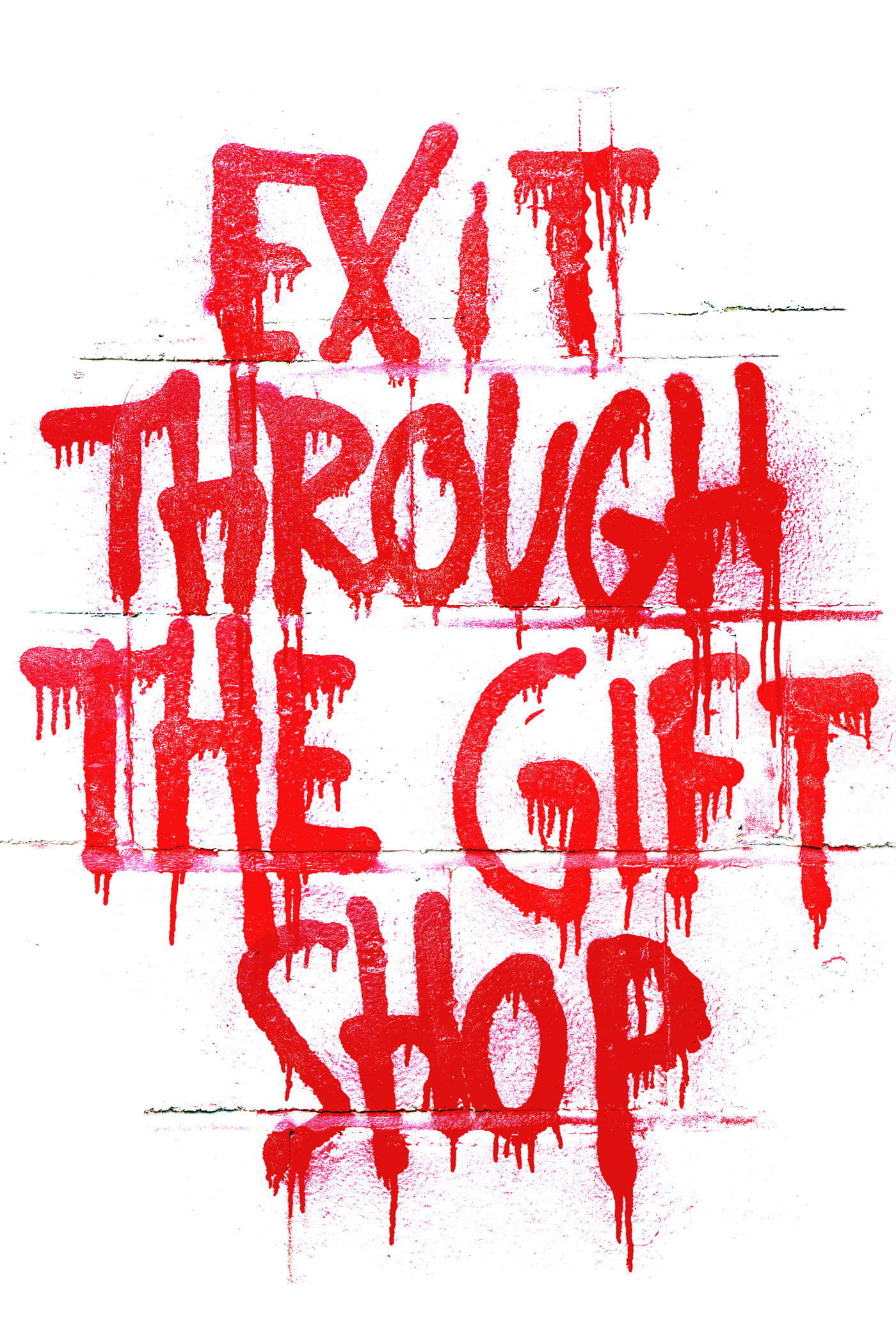
Banksy is a graffiti artist with a global reputation whose work can be seen on walls from post-hurricane New Orleans to the separation barrier on the Palestinian West Bank. Fiercely guarding his anonymity to avoid prosecution, Banksy has so far resisted all attempts to be captured on film. Exit Through the Gift Shop tells the incredible true story of how an eccentric French shop keeper turned documentary maker attempted to locate and befriend Banksy, only to have the artist turn the camera back on its owner.
13 May Exit Through the Giftshop (2010)
Mister Brainwash
A key insight for me is what I amusingly call Ted’s law. In this, when we layer abstractions in art, the “distance” between layers is equal. This is a great example.
The idea builds on the notion that humans alone are capable of seeing themselves in the world as they see the world. It is how we define consciousness.
Shakespeare started the notion of folding in art, where we add another layer: we have us as audience, a state both we and the play (in this case the play) acknowledge. In the play, we have people in the same state, an audience of sorts for the world of the movie. Since Shakespeare, we elaborate these folds because of the greater narrative palette it affords, but the basic dynamics are analogic layers, folds.
Ted’s law holds that the relationship of abstraction established between the audience and the play is the same as that between the audience and the play (or whatever) within.
Banksy is an artist who works with this idea. His art almost always consists of two elements. One is chaotic, sloppy, copying (or adopting existing) graffiti, the vandalism sort. Superimposed on that is an observer rendered in a different style. These are made from stencils but originate in and reference photographs. These are on the street, so an observer can see the people looking at the art, the character within the art, and some random “art” designated from previously would have been equivalent to trash.
Frankly, this is a trivial idea because it is “small art.” Small art is art designed to be consumed in the moment between the flipping of pages in a magazine, or during commercials. It has to be attractive and easy to “read.” On reflection, it has to have a simple explanation. Part of this is the supposition that it is art of the people, real, visceral art. For me, it is background noise. It cannot help me, shape me or destroy me. That’s a job for big, long form art.
Okay, now the film.
The idea is the same: we have the street art. We add another layer: the story of the artists. We add yet another layer, the story of the filmmaker covering the story of the artists, making the “observer art” that is superimposed on graffiti, which in turn is linked to us as passers by. I do not suppose that this was designed by Banksy as a project beforehand, because that assumes less spontaneity than he advertises. I suppose instead that the story is much as it is presented: he fell into an opportunity and exploited it in the way he works.
The thing that has captured the imagination of the film public (and the Academy) is the tantalising prospect that some part is a hoax. This clearly is engineered, because a similar joke is behind his street art. But even that is small art.
Posted in 2011
Ted’s Evaluation — 2 of 3: Has some interesting elements.


No Comments